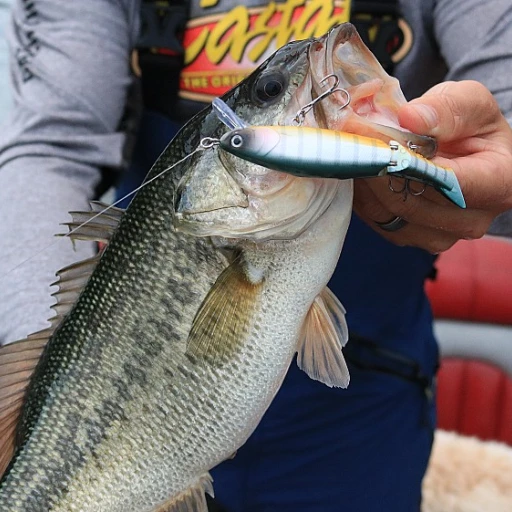The record-breaking catch
Setting the new world record
On October 26, 1979, a new world record was set in the fishing community when Ken Fraser, an avid angler from Nova Scotia, Canada, pulled in a giant bluefin tuna weighing an astonishing 1,496 pounds. This record-breaking catch took place off the coast of Auld's Cove, located near Nova Scotia, a region renowned for its rich marine life. The International Game Fish Association (IGFA) later confirmed the weight, solidifying Fraser's bluefin tuna as the biggest ever caught.
A monumental struggle
The battle between Fraser and the giant bluefin lasted over 45 minutes. Armed with top-notch fishing tackle, Fraser skillfully maneuvered his rod and reel, displaying a level of expertise that left even the most seasoned fishing veterans in awe. Using an 80-pound test line, Fraser applied years of fishing knowledge and technique to secure his place in fishing folklore.
The legend grows
The catch not only created a buzz within the angling community but also garnered mainstream media attention. Articles and reports praised Fraser's determination and skill, with the New York Times among the notable publications covering the story. This extraordinary event placed both Fraser and Nova Scotia on the map as a prime location for bluefin tuna fishing.
Interested in other remarkable catches in fishing history? Check out record crappies: the ultimate guide to catching the biggest crappie.
Meet the angler: Ken Fraser
Meet the extraordinary angler
The man behind this legendary catch is Ken Fraser, a name that now resonates with fishing enthusiasts around the globe. On October 26, 1979, Fraser reeled in the biggest bluefin tuna ever caught, setting an incredible benchmark in fishing history.
Ken Fraser's journey
Born and raised in Nova Scotia, Canada, Fraser developed a passion for fishing at a young age. Little did he know that this childhood hobby would lead to a momentous achievement. On that fateful day in 1979, off the coast of Aulds Cove, Nova Scotia, Fraser did something remarkable. With grit and determination, he landed a monstrous 1,496-pound bluefin tuna (Thunnus thynnus), setting a world record that remains unbeaten to this day.
Achieving the impossible
Fraser's journey wasn't just about luck. A blend of skill, patience, and the right tackle played crucial roles. The International Game Fish Association (IGFA) recognized Fraser's catch under their stringent rules, solidifying his place in fishing lore. His achievement is a testament to the thrill and unpredictability of bluefin tuna fishing. This story has inspired countless anglers to chase their own record-breaking catches.
A testament to perseverance
Ken Fraser's tale didn't end with the catch; it was just the beginning. Fraser became an icon in the fishing community, sharing his story and inspiring others to pursue their fishing dreams. His experience underscores the importance of preparation, expertise, and a bit of serendipity. His record-setting bluefin tuna not only marked a personal triumph but also had a lasting impact on the angling world.
A lasting legacy
Ken Fraser's incredible catch continues to be a benchmark for anglers all over the globe. His story reminds us that the sea holds many secrets, waiting for the right fisherman to uncover them. For those looking to learn more about other impressive catches, check out this in-depth look at record-breaking groupers.
The significance of the catch
The impact on the fishing world
Ken Fraser's remarkable catch of the biggest bluefin tuna ever caught has had a profound impact on the fishing community. Weighing in at a staggering 1,496 pounds, this Atlantic bluefin tuna broke records and set a new benchmark for anglers worldwide. The International Game Fish Association (IGFA) verified this catch, and it has since become a point of reference for aspiring fishermen.
Boost in interest towards bluefin tuna fishing
This breathtaking achievement has not only brought fame to Fraser but has also significantly increased participation and enthusiasm in tuna fishing, especially targeting bluefins. As a result, many fishing tournaments have seen a surge in registrations, particularly in regions like Prince Edward Island and Nova Scotia in Canada. The sheer size and difficulty of landing such a trophy fish have enticed more anglers to pursue Atlantic bluefins, as well as other species like yellowfin tuna and Pacific bluefin.
Economic benefits for local communities
The record-breaking bluefin has also delivered substantial economic benefits to local communities. Areas known for bluefin tuna fishing, such as the waters around Prince Edward Island, have noticed an uptick in tourism and related businesses. From charter fishing companies to bait and tackle shops, the economic ripple effect is undeniable.
Even global fish markets, especially in Japan where bluefin tuna is highly prized for sushi, have felt the impact. A record-breaking catch of this magnitude often leads to increased market prices and heightened demand for seafood delicacies, drawing a fine line between sport and sustenance.
Stimulating discussions on sustainability
With great catches come great debates, particularly regarding sustainability and conservation efforts. The astounding size of Ken Fraser's bluefin has sparked necessary conversations among ecologists, anglers, and the international community about the sustainability of bluefin tuna stocks. According to the World Wildlife Fund (WWF), the Atlantic bluefin tuna, Thunnus thynnus, is currently classified as an endangered species due to overfishing and illegal catches.
Efforts are now more crucial than ever in balancing recreational and commercial fishing with conservation techniques to ensure that future generations can continue to experience the thrill of bluefin tuna fishing. Proper measures like catch limits, seasons, and marine protected areas are being discussed to preserve this majestic species.
The bluefin tuna species
The bluefin tuna species: a remarkable fish
The bluefin tuna, known scientifically as Thunnus thynnus, is a marvel of the ocean. These large, powerful fish are among the fastest and most impressive swimmers in the sea, capable of reaching speeds up to 45 miles per hour. With their streamlined bodies and immense stamina, bluefin tunas traverse vast distances across both the Atlantic and Pacific Oceans, making them a highly migratory species.
There are three main species of bluefin tuna: the Atlantic bluefin (Thunnus thynnus), the Pacific bluefin (Thunnus orientalis), and the Southern bluefin (Thunnus maccoyii). The Atlantic bluefin is the largest and most coveted among these, particularly for its delectable flesh which is highly prized in Japanese sushi markets. A single specimen can weigh up to 2,000 pounds and measure over 10 feet in length, colossal proportions that truly showcase the might of the ocean.
Atlantic bluefin tunas have a fascinating life cycle. They spawn in the warm waters of the Gulf of Mexico and the Mediterranean Sea. As juveniles, they migrate to the colder northern Atlantic waters where they grow and mature. The journey these fish undertake is nothing short of extraordinary, covering thousands of miles throughout their lifespan.
Intrinsic to their grand size and migratory nature is the bluefin's feeding habits. They are apex predators, preying on various fish and invertebrates. Their diet primarily comprises herring, mackerel, and squid, but they are opportunistic feeders, consuming just about anything they can capture with their powerful jaws.
Bluefin tunas possess a unique physiological adaptation called endothermy, allowing them to regulate their body temperature. This adaptation gives them a significant hunting advantage in cold waters, enabling them to maintain muscle efficiency and prolonged bursts of speed.
Despite the awe they inspire, bluefin tunas face significant threats, primarily from overfishing. The popularity of bluefin tuna in culinary dishes, especially sushi and sashimi, has led to substantial declines in their populations. International efforts, such as those by the International Commission for the Conservation of Atlantic Tunas (ICCAT), are crucial to preserving these majestic creatures for future generations.
Ken Fraser's record-breaking catch not only highlights the tenacity of anglers but also brings attention to the incredible resilience and grandeur of bluefin tuna, an iconic and vital species of our oceans.
Fishing techniques and tackle
Gear every angler should know
When Ken Fraser snagged the biggest bluefin tuna ever caught, he used some serious hardware. The gear he used is as legendary as the catch itself. First things first, you need to talk about the rod. Fraser's rod was custom-built, crafted specifically for the heavy-duty job of wrestling a colossal bluefin. According to experts, a rod designed for bluefin fishing should have a robust backbone to handle the weight and force of these powerful creatures. That’s the kind of attention to detail that makes or breaks a catch like this. The reel is another major player in this tale. Fraser employed an International game fish association (IGFA) certified large capacity reel, spooled with hundreds of yards of heavy-duty line. The line itself is typically rated between 80-130 pounds for bluefin tuna fishing, giving the angler the upper hand when reeling in these giant fish. But let’s not forget about tackle. While specific details of Fraser's tackle aren’t fully available, most seasoned anglers recommend a combination of circle hooks and live bait. Bluefins have a strong bite, requiring a hook that can withstand significant pressure. Experienced fishers know that properly set hooks and the right kind of bait make all the difference. When it comes to bluefin tuna fishing, the experience mirrors a chess match. You’re not just casting and hoping. You’re strategically positioning yourself, often spending hours or even days out on the waters of Nova Scotia or the frenetic Gulf of Mexico. According to fisheries biologist Anne Nuffer Hinze, who has studied tuna behavior extensively, understanding the fish's movement patterns and feeding habits can significantly increase your odds of a successful catch. Let’s be real, the job isn’t over once the fish is on the line. You’ve got to master the art of the fight. Fraser's legendary catch involved a grueling battle that lasted over an hour, highlighting the endurance needed to land such a colossal fish. Techniques include managing line tension, rod positioning, and knowing when to let the fish tire itself out. These tips and gear details don’t just apply to catching giants like Fraser's behemoth. Even if you’re aiming to beat the atlantic bluefin tuna record, employing these techniques and gear will give you an edge.Conservation and sustainability
Why bluefin tuna need our help
The record-breaking catch by Ken Fraser not only put bluefin tuna in the headlines but also underscored the importance of conservation. Bluefin tuna, specifically the Atlantic bluefin (Thunnus thynnus), are a species with remarkable history and incredible value, yet they're facing significant threats from overfishing and environmental changes.
To put things in perspective, the Atlantic bluefin tuna population has experienced dramatic declines. Studies from the International Commission for the Conservation of Atlantic Tunas (ICCAT) reported that over the past 40 years, the population has been reduced by more than 80%. This drastic decrease highlights the urgency for more stringent conservation measures.
Fishing regulations to protect the giants
The international response to the declining numbers has been to implement various regulations aimed at ensuring the species' survival. Organizations like ICCAT and the International Game Fish Association (IGFA) have set strict quotas on how many bluefin tunas can be caught each year. For instance, the ICCAT has designated specific seasons and caps on the amount of tuna that can be taken to ensure the populations have time to recover.
Governments have also followed suit. For example, the United States has imposed stringent fishing regulations in regions like the Gulf of Mexico and the Atlantic, using tools such as limited fishing permits and monitoring systems to control and track bluefin tuna fishing activities.
Advancements in sustainable fishing techniques
Sustainable practices are crucial for the preservation of bluefin tuna. Techniques like long-lining and pole-and-line fishing are considered more environmentally friendly compared to large-scale commercial fishing, which often results in bycatch - the unintentional capture of other species, some of which are also endangered.
Advocacy for sustainable seafood is gaining momentum as well. Restaurants and retailers have increasingly committed to sourcing bluefin tuna from certified sustainable fisheries. This movement is driven by both environmental concerns and consumer demand for responsibly sourced seafood.
A call to action for anglers
Anglers play a significant role in conservation efforts. By adhering to catch-and-release practices and supporting regulations, they help maintain the balance between enjoying the thrill of the catch and preserving these majestic fish for future generations. Moreover, participation in tagging programs can provide valuable data to help scientists better understand bluefin tuna behavior and migration patterns.
As the bluefin tuna's story unfolds, the blend of regulatory efforts, sustainable practices, and the commitment of the fishing community stands as a beacon of hope for this iconic species. Without these joint efforts, the tale of the biggest bluefin tuna ever caught by Ken Fraser might have a very different, and unfortunate, ending.
For more on the fascinating details of Ken Fraser’s record, see our deep dive into record-breaking catches.
Other notable bluefin tuna records
Giant bluefin tuna highlights
You think Ken Fraser's catch was incredible? Wait till you hear about these other monumental bluefin tuna that's been hooked. Let's start with angler Corey Knowlton in 2012 who snagged a monster 427 pounds ounce tuna off the coast of New Zeland - that's right, down under!
Then we've got the 599 pound ounce behemoth caught by Donna Pascoe in the lands down in New Zeland waters too. Double whammy from Kiwis!
Not to forget our friends in Spain, back in 1977, angler Emmanuel Donato with a 907 pounds ounce bluefin tuna, that's nearly half a tonne! His record still stands strong in the ranks of the International Game Fish Association (IGFA).
Giant bluefin tuna around the globe
We've had some colossal catches coming from the Pacific too. In waters off Japan, angler Shigehiro Suzaki reeled in a 445 pounder bluefin tuna in 1996. Not too far off, in the Gulf of Mexico, John Tavares landed a monstrous 714-pound bluefin in 2012. North Carolina's Randy Bolton, 2010, can't be forgotten either. His impressive 725-pound catch made headlines even in The New York Times.
Whether it’s the Pacific bluefin tuna, Atlantic bluefin tuna or the southern bluefin tuna - people all over the planet are chasing these giants. These giants aren't just trophies lining the walls but often find their way to sushi plates, especially in Japan where they’re prized as delicacies.
Record bluefin myth busters
Some records, like the biggest fish caught in Brazil or Mexico, often get squashed before they make it to the official IGFA lists - scrutiny at its highest level. Ever heard of the 980-pound tuna hook in Brazil? The photo, shared countless times, doesn’t match the weight submission. French angler Jean-Marc Popelard’s 964-pound giant in Spain, though substantial, missed key documentation and couldn't make it to official records.
What's next on the line?
The journey of record-breaking bluefins is never-ending. The Gulf of Mexico, Nova Scotia, Prince Edward Island, Australia’s Great Barrier Reef - all hotspots to watch. Remember, it’s not just about size but the story behind the catch, which makes it legendary.


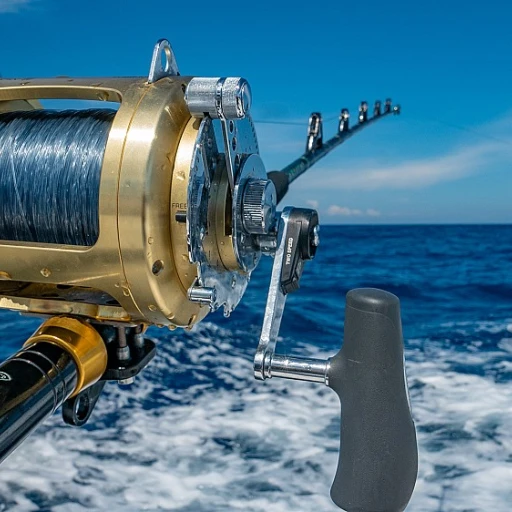
-large-teaser.webp)


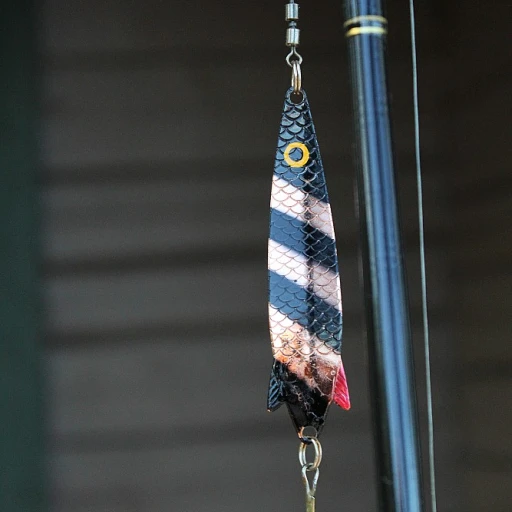


-large-teaser.webp)
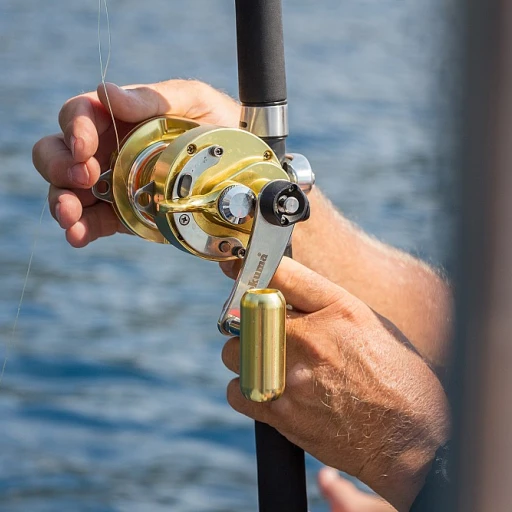
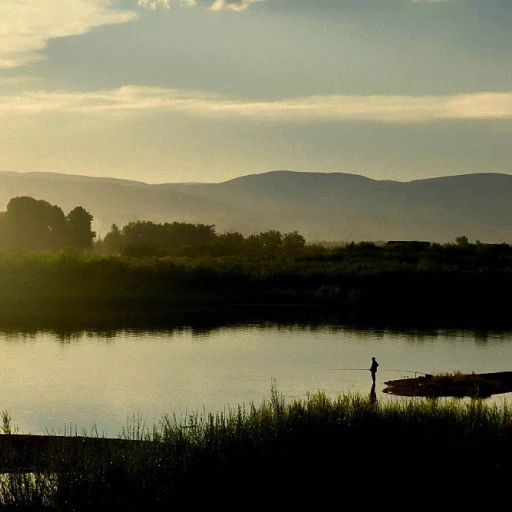
-large-teaser.webp)
